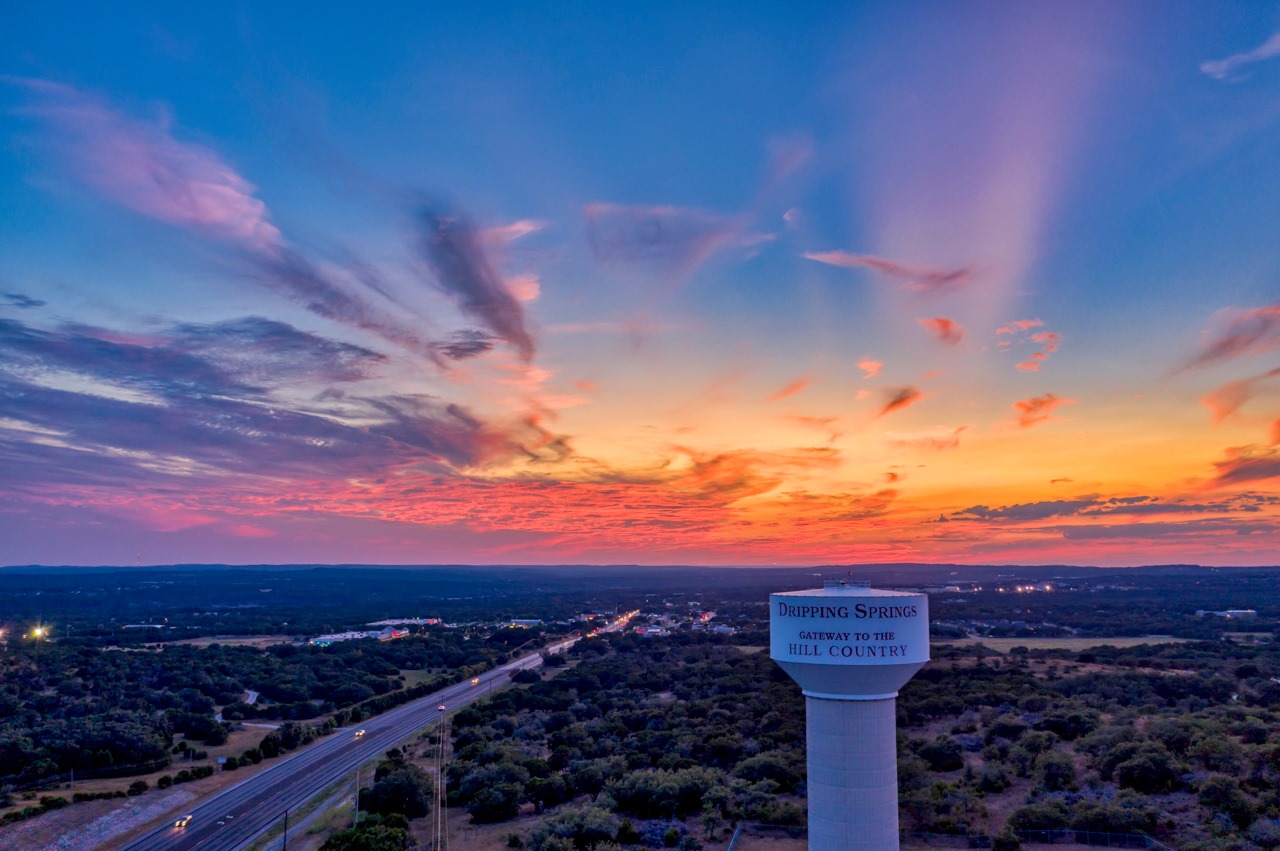St. Louis may be known as the “Gateway to the West” but Dripping Springs is the “Gateway to Hill Country,” as it was founded just a few years after Texas achieved statehood and is in close proximity to Austin. While Dripping Springs has evolved with the changes, even today, it remains a small town with just over 4,600 residents. Let’s explore a bit of the rich history of this iconic Texas town and what makes it as appealing to residents today as it was over a century ago.
Pre-founding of Dripping Springs
While Dripping Springs has only been around as we know it since the 1850s, the area was first inhabited by the Tonkawa Indians. The tribe was composed of several smaller bands with Tonkawa meaning “they all stay together.” According to the Texas State Historical Association, the Tonkawa used pecans to barter with early white settlers in the area and later worked as scouts for the U.S. Army.
Dripping Springs Beginnings
In the mid-1800s, numerous families were seeking adventure and a new beginning offered by the American West. Three of these families from Mississippi set their sights on the still very wild Texas frontier when they came to this area in early 1853. At the time, nothing much was here but the families followed a trail that took supplies to the U.S. Army outpost Fort Martin Scott in Fredericksburg.
The families stopped on Wallace Mountain in the winter of 1853, perhaps taken by the area’s natural beauty, and decided to stay. The three families included Dr. Joseph McKegg Pound and his wife Sarah, John L. Moss and his wife Indiana, and John Lee Wallace and his wife Malvina, along with the couples’ children.
These families and other arriving families made their home in the area and named the new settlement “Dripping Springs” in order to establish the community’s first post office. By the 1880s, a 12-block city plan along with a school, hotel, and mill had been established.
Dripping Springs Today
Other than a dip during the Great Depression, Dripping Springs has grown consistently, albeit slowly, with each decade since WWII. In 1980, the town had a population of just over 600 residents. By 1990, over a thousand people called Drippings Springs home, and its population had increased by another 500 residents by the dawn of the millennium.
As Austin and the rest of Central Texas have grown, however, so has Dripping Springs and this Texas town has seen nearly triple-digit growth in the last five years. The affordability of Dripping Springs has unquestionably been a factor in that growth, but as its residents know, that’s only one of the reasons families have continued to settle here just as the Pound, Wallace, and Moss families did so long ago.
Excellent schools, the local restaurants and shops on Mercer Street, and natural beauty continue to attract new residents to Dripping Springs year after year.
If you’re curious about finding a home in this charming Texas town, reach out to the Caliterra team to learn more about our builders.








